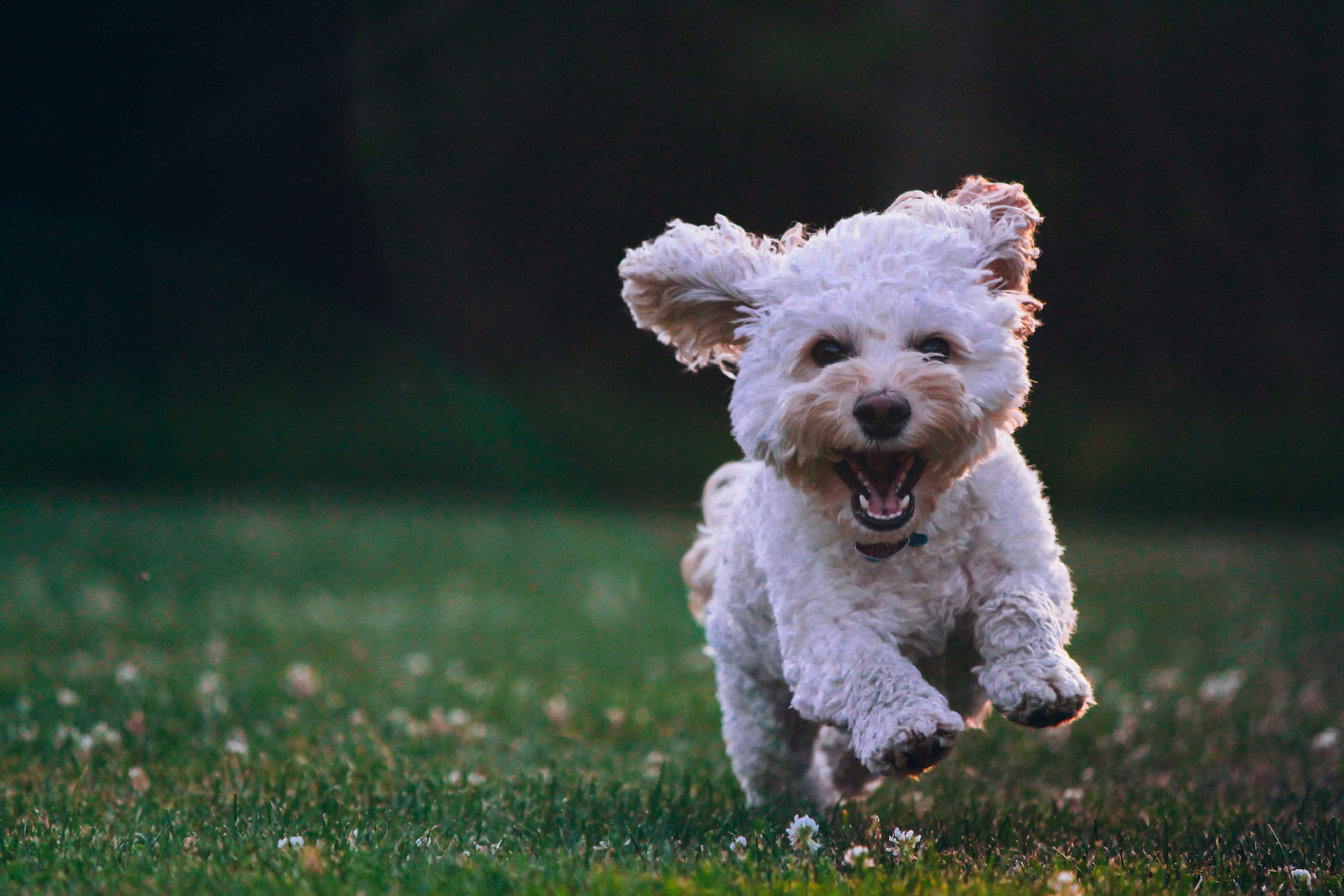5 Dog Facts a Professional Trainer Wishes You Knew
Training tips | By: Taylor Wyllie, KPA CTP | May 08, 2023


Unlock 10 Expert Puppy Training Tips!
Sign up with your email and receive a free video guide to transform your puppy into a well-behaved companion
As a professional dog trainer, I've been around a lot of dogs — from wriggly puppies to seemingly sassy teens and still-with-it seniors. And I’ve been around a lot of dog owners — from the newbies who’ve never lived with a dog before to those who have never lived without one.
And, along the way, I’ve found myself repeating the same ole facts time and time again. This is by no means a reflection of my clients, of course. We live in a society that has more myths about dogs than Netflix has reality shows (that’s to say, too many). It makes sense that many dog facts get lost in the noise.
In this blog, I'll be sharing five things that I repeat on, if not a daily, then at least a weekly basis. Things that can help improve your relationship with your dog, be more effective at training them, and just help you coexist peacefully. So, let's get into it.
1. Dogs are crepuscular
You may be familiar with the before-bedtime boogaloo where your dog seems to go nuts for no apparent reason in the evening. Or maybe you’ve noticed your dog leaps out of bed with the sun and makes it known that they're ready for playtime. One of the reasons for that? Dogs are crepuscular, which means they are most active during the twilight hours of dawn and dusk. This doesn't mean that your dog won't be active during the day, but it does mean that they may be more prone to napping during midday hours.
Understanding your dog's natural rhythms can help you plan your training and exercise routines more effectively. For example, if your dog tends to get rowdy at 6 p.m., plan to provide mental or physical exercise around 5:30. The simple act of getting ahead of your dog’s boredom-driven behaviors— such as excessive barking—could drastically reduce them.
With my dog, we take him on a sniffari first thing in the morning and then do some mental enrichment activity in the evening (this may be a difficult puzzle, training, and food scatters, among other things).
As Bender and Strong say in Canine Enrichment for the Real World, it’s all about working smarter not harder when it comes to mentally and physically enriching your dog. Timing enrichment activities with your dog’s natural rhythms is one effective way to do that.
Plus, it’s simply a fun fact to share at parties.
2. Dogs don't know right from wrong
Dogs don't have the same moral compass as humans, so they don't know right from wrong in the same way that we do. This means dogs don’t “know” they’re being naughty when they steal a slice of pizza from the table. Or that they’re being “good” when they’re relaxing on the couch.
Instead, a dog will engage in a behavior because they get something out of it. To say that another way, animals are likely to repeat behaviors that lead to enjoyable consequences. Your dog may bark because it gets your attention. Your puppy may pee in the house because it relieves bladder pressure. Your dog may pull on the leash because it gets them where they want to go.
Luckily, we can take advantage of this when training dogs. When your dog does something you think of as good, reward them with a treat, praise, playtime, or something from the environment. When they do something undesirable, redirect their behavior. Check out our post on positive reinforcement training if you’d like to learn more.
3. Exercise needs differ
Just like humans, dogs have different exercise needs based on their breed, age, overall health, and natural disposition.
That may seem obvious, but what’s less so is that all dogs have different preferences when it comes to how they like to exercise. Pay attention to what your dog seems to enjoy (and what seems to actually wear them out). Look for loose body language and for your dog to choose to keep engaging with the activity. Watch out for displacement behaviors—such as lip licks or yawns—that indicate your dog is building stress.
Try playing fetch or frisbee, swimming, hiking, signing up for dog sports, or playing with a flirt pole. And, keep in mind, that a huge number of dogs won’t get tired from a walk on a 6-foot leash. Sniffaris—walks on a long leash where the dog is allowed to sniff and follow scent trails—engages your dog’s mind, leading to more satisfying and tiring walks.
4. Dogs aren't trying to be alpha
The concept of "alpha" dogs and dominance theory has been widely debunked by modern dog trainers and behaviorists. Dogs are not trying to dominate their owners. The reason they do things you may perceive as dominating is that they’re being rewarded for it in some way (see fact #2) or have a deeper behavioral issue going on, such as reactivity or resource guarding.
Take a dog who jumps on the couch even though it’s against the house rules. They may be doing this because the couch is comfortable and they like to sleep on comfortable things—and the house rules may not be clear to them. It has nothing to do with wanting to dominate their owner. Their owner can make it clear that the couch is off-limits by calmly saying “off” and rewarding them with a treat when they do (this teaches them what “off” means). The owner can then redirect them to a different comfortable place to sleep (such as a dog bed). Because they’re still getting that comfortable place to sleep, their wants will be satisfied and they’ll be less likely to keep couch jumping.
I challenge you to start thinking about your own dog’s behavior in terms of what they get out of it. Are they jumping on people because they get attention? Are they chewing on their bed because it’s a comforting sensation? Are they barking at your friends because they're afraid of people and barking makes those people stay away?
5. Dogs are highly intelligent
Dogs are incredibly intelligent animals — they're capable of learning a wide range of behaviors and cues. And it's so important to challenge your dog mentally with training sessions, puzzle toys, and foraging opportunities to keep their mind sharp and satisfied. A mentally satisfied pup is less likely to be, well, annoying.
Now, it’s important to work at your dog’s level. If you start giving your dog mental enrichment at too high of a level—for example, scattering kibble across your entire backyard for them to sniff out—your dog may end up frustrated or disinterested while you conclude that they’re maybe not the sharpest tool in the shed. But we wouldn’t expect a first-grader to succeed at learning calculus, right? Find mental activities at your dog’s current level, making them harder as your dog gets better. Need ideas? Google DIY dog puzzles or dog foraging ideas.
Conclusion
There are so many more dog facts that I’d love to shout from the rooftops (or through my keyboard), but I’ll leave you with just these five today. Understanding these dog facts can help you become the best dog owner you can be and improve your relationship with your pup. Or, at least, help you to understand what’s going on in that mysterious head of theirs.
Happy training!
Disclosure: some of the links in this blog are affiliate links. We receive a small commission for purchases made through these links at no extra cost to you. This helps support us and allows us to continue to put out free content to help you and your pup. Thanks for your support!











